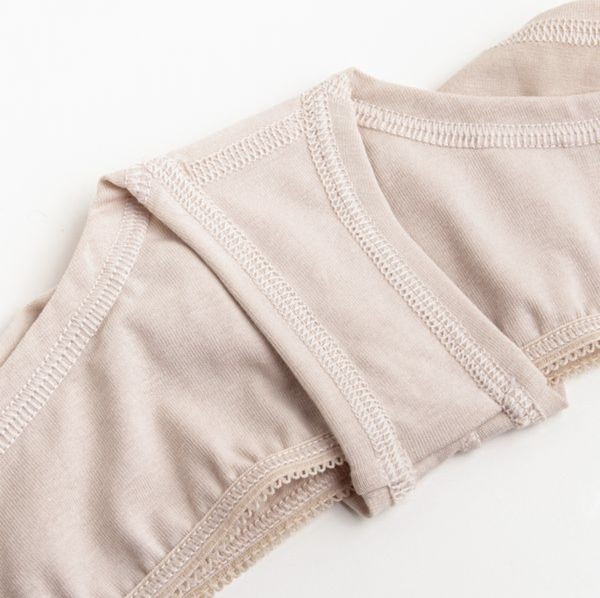If you’re anything like me, your mind will play host to any number of burning questions each and every day. I cannot express how often I look forward to getting into bed at night, feeling thoroughly tired from a long day, only to have my brain jump to overdrive the second my head hits the pillow.
I daresay I’m not alone in this, and it’s not necessarily a bad thing. I mean, it can hardly be to one’s detriment to possess a healthy curiosity about the world we live, can it?
Fortunately we live in an age where even the most advanced questions have answers that are lurking only a few clicks of a mouse away. For all its perceived drawbacks, the internet has irreversibly changed the lives of our species through serving as an unparalleled hub of readily-accessible information.
In short, it has answers to even the most banal questions, meaning that whenever my brain decides it’s go-time when I should be sleeping, I can sate my thirst for knowledge quickly and efficiently.
It was during one of these post-midnight fact-finding missions that I saw an unrelated article that I thought might be of help to some of our readers. It concerns the small pockets apparently found in the crotch area of both male and female underwear.
Now, I’ll be the first to admit that I didn’t know this was a thing. That said, you might not either. Said pockets don’t appear in all underwear, and when they do, they’re reportedly the same color as the underwear itself to better blend in.

In any case, they do exist, and are reportedly referred to as either a gusset or crotch lining. But what are they used for?
Well, contrary to apparent popular belief, they’re not used for the storing of toilet paper, neither are they a flippant addition made just because.
No, in actual fact a gusset is reportedly put into clothing to add breadth and reduce stress when the clothing is tight fitting. This can be particularly important with women’s underwear, as it helps to prevent irritability and inflammation.

Not only that, but the gusset also helps to get rid of accumulated moisture, thus keeping the wearer’s genital area dryer. This in turn helps to reduce yeast and bacteria.
Did you have any idea what this little pocket was used for? Let us know in the comments.
If you found this article interesting and would like to see more from Newsner, check out the article below:
